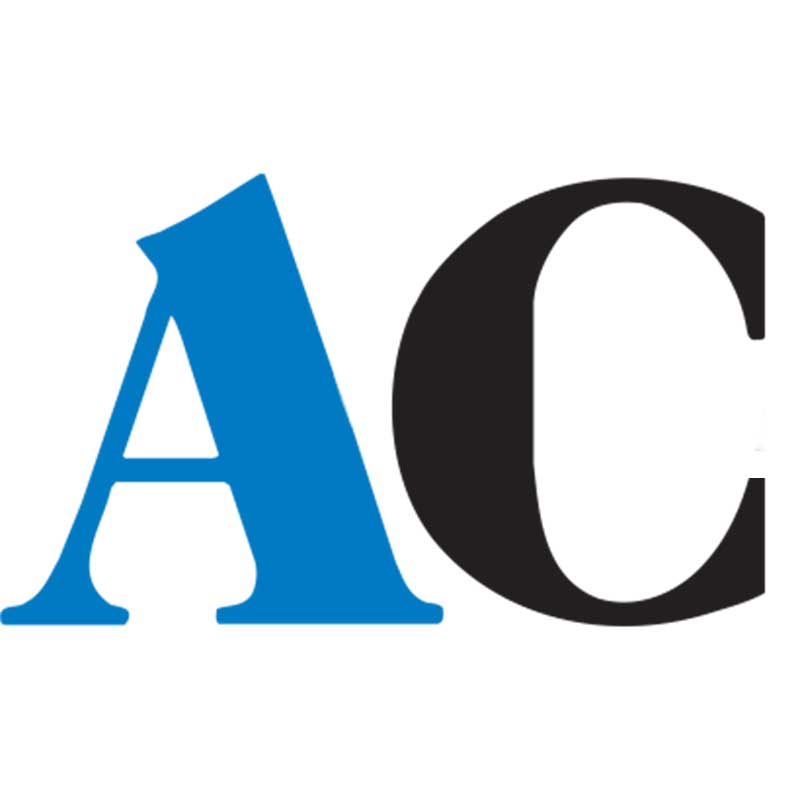- Joined
- Jan 2, 2013
- Messages
- 4,255
If you search around hard enough, you can find a shop that can nickel plate a cylinder and return it to an original bore, or to a standard overbore. A plus for this approach is ..... the cylinder will go a million miles before needing attention again.
One such shop (example - not an endorsement):

 www.usnicom.com
www.usnicom.com
Slick
One such shop (example - not an endorsement):

NiCom Powersports Cylinder Services | U.S. Chrome of Wisconsin
For all powersports cylinder services including plating, boring, and diamond honing. We also offer a cylinder exchange program.
Slick




